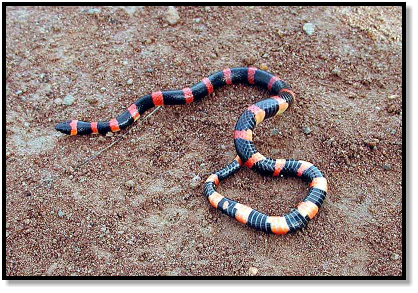

COSTA RICA
July 2003

6 of 7


COSTA RICA
July 2003


6 of 7
The following morning we return to the forest. The day is windy and overcast, so we concentrate on areas that
are more in the open and exposed to sun, which brings us more into contact with acacias. Quetzal had warned us to
watch out for these trees, not because of their swollen thorns, but for a particularly ferocious ant that inhabits them.
This species of acacia lacks the bitter alkaloids that other plants produce to prevent animals from stripping their
leaves, which would slow their growth and allow competing vegetation to shade them out. Colonies of stinging ants
have taken over this defense role, occupying the hollowed-out thorns and attacking anything that touches the tree:
ravaging insects, browsing mammals, even competing plants. Vines and branches that get too close are pruned back,
and seedlings that sprout under the canopy are removed, creating a clearing around the tree. In return, the host acacia
supplies its guardians with rich nutrients from specialized bodies on its leaves, for which there is no known function
except to provide food for the symbiotic ants.
Walking on unshaded trails we also notice flashes of color as basking lizards dart out of our way, and a brilliant
beetle poses for a picture before lifting off to another leafy landing site.
.
As it becomes warmer we turn to the woods for shade. So does this young turtle, who obviously has the same
idea, as its name would imply.
By mid-afternoon we’re ready for a siesta. Apparently, so are the herps, who are nowhere to be seen. Drive back
to the forest after dark to check out some vacant buildings. Around the stone walls tailless whip scorpions are waiting
in ambush, while leaf cutter ants continue their nonstop ticker-tape parade.
Outside the buildings we find bumpy little Geckos.
Inside we discover a Slender Hog-nosed Viper nestled in a slat, probably waiting for one of those appetizing
Geckos to pass his perch in the wooden wall.
A bat flying around the building comes to rest on an overhang, and poised on a tree is this weird insect, the
perfectly named Peanut-head Bug.
We get in our car and start to road cruise. Every few minutes we see the bright, ruby reflection of eyeshine on
the edge of the road. As we approach it mysteriously levitates, an eerie magician’s trick in the middle of the street.
Eventually our headlights catch up to reveal the swooping form of the Common Pauraque, a bird in the Night Jar
family, dodging in and out of the light.
When they’re not scooping up insects in mid-flight, these nocturnal birds prefer to rest on the ground rather
than perch in trees, their favorite spot being exposed places, such as a stretch of open road. And they aren’t the only
winged creatures parked on the pavement; sometimes we stop for tiny eyeshine and discover the iridescent beauty of
a moth.
.
Finally start to see some herps besides Marine Toads: a few small snakes, an attractive Gecko, and a lumbering
turtle out for an evening’s stroll.
Our most unusual find of the trip:
In Costa Rica there are a number of black-and-white banded snakes, including a species of Cat-eyed Snake, a
type of Coral Snake, a kind of Snail Eating Snake, plus a few others which have that pattern as juveniles. When we
find this snake, Quetzal is truly puzzled. It looks a little bit like several different species but not exactly like any of
them. Either the shape of the head is slightly off, or the body is not quite right, it has the wrong kind of pupils, etc.
Other possibilities are ruled out because we are far from the known range of those species.
Sensing this find might have scientific importance, Quetzal decides to report the specimen for identification to
herpetologist Alejandro Solórzano of the National Serpentarium in San Jose. A few weeks after our trip we hear the
exciting news that the mystery snake was positively identified as a kind of Snail Sucker never before found in Costa
Rica ― we had discovered the first one!
Turns out to be a species previously known only as far south as central Nicaragua, and this range extension is
important enough that it’s scheduled to be published in La Revista de Biología Tropical (Journal of Tropical Biology). A
brief article also appeared in La Nación, Costa Rica’s national newspaper. First time I ever found anything of scientific
significance . . . pretty cool!
We’re starting to feel pretty good. It begins to rain and we know that will improve our chances. Keeping our
eyes sharp on the road for anything out and about, but mainly I’m really hoping for a repeat chance at finding and
photographing a Coral Snake. And I get it.
Once again a taut cable of red-and-black is stretched out in the middle of the road. We approach carefully trying
not to scare it off, but when it makes a dash I move up quickly, and this time get the angle just right to properly pin it
down with my stick. It thrashs about, then Quetzal reaches down and expertly grabs the tail, controlling the snake
with a hook so we can get a better look. It is stunning.
Our final snake of the night is also black-and-red like the Coral Snake, and as it turns out, of some possible
scientific interest like the Snail Sucker. It’s shortly after finding our second Coral Snake of the evening (unfortunately,
DOR), so we immediately think “Here’s another” when we come upon the same colors crawling across the road. But
as we get out of the car Quetzal realizes it’s a mimic, the very beautiful Black Halloween Snake.
Notice the stub tail. Snakes in this family have very fragile tails that are designed to break off easily and
continue to twitch after separating, a defensive strategy similar to lizards which drop their tails as decoys. This is not
true autonomizing, however, since some amount of physical resistance due to restraint or thrashing is required to
break off the tail, rather than the internal muscle contractions used by lizards to voluntarily drop theirs. The tail does
not regenerate, but because it is long it allows the snake several breaks during its lifetime. According to some
estimates, nearly 50% of these snakes are missing a portion of their tails.
An interesting footnote. Quetzal showed our pictures to Alejandro, and it turns out we apparently discovered
two range extensions that night! As he wrote to us by e-mail:
I didn't realize that the Uretheca we found was that important of a discovery because of its location and pattern. [It’s] a
range extension as well and the color pattern is of interest because typically their colors mirror almost to perfection the local
Coral Snakes. In some places where there are two sympatric Coral Snakes species (i.e., two different species sharing the
same range), Urotheca of the same litter will come out in two color phases, each mimicking the respective Corals.
Interesting stuff, huh? The one that we saw is very similar to snakes from the Caribbean slope which mimic M.
multifasciatus which is not known to occur on the Pacific (yet). Maybe it's up to us to find some on your next visit!
Black Halloween Snake
Urotheca euryzona
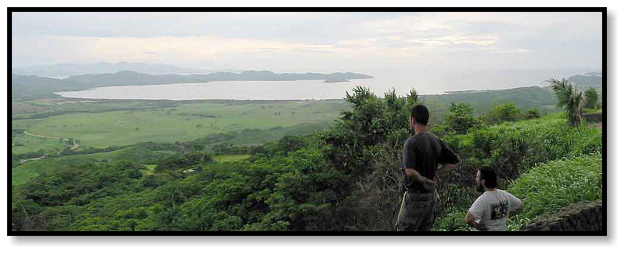
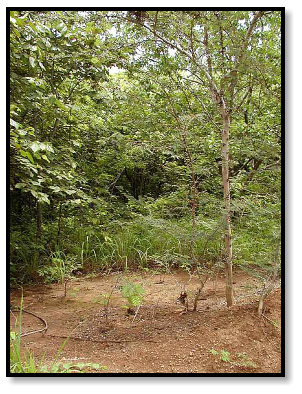
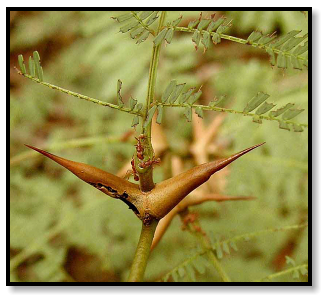
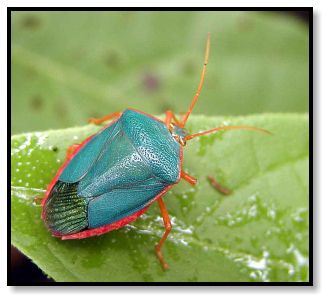
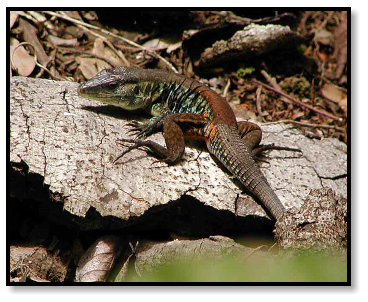
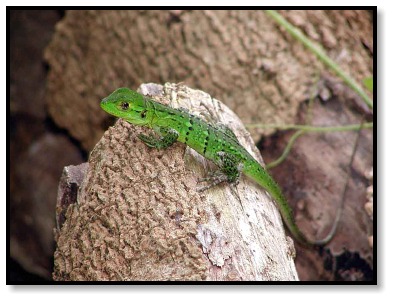
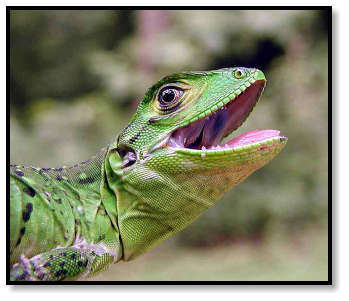
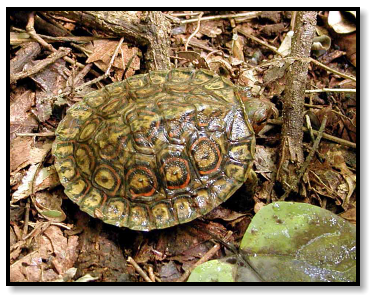
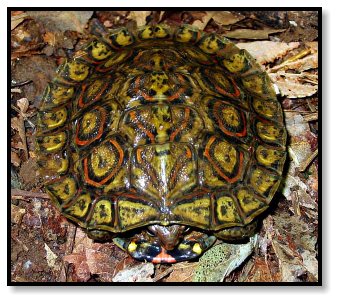
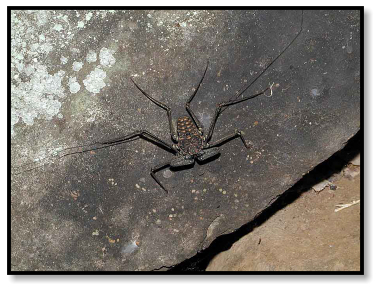
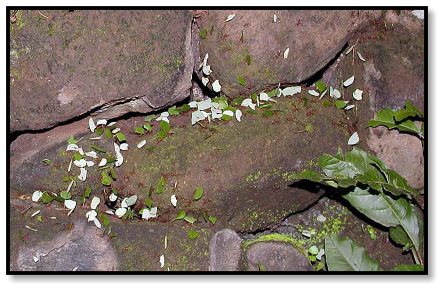
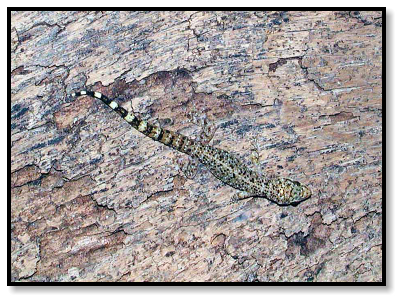
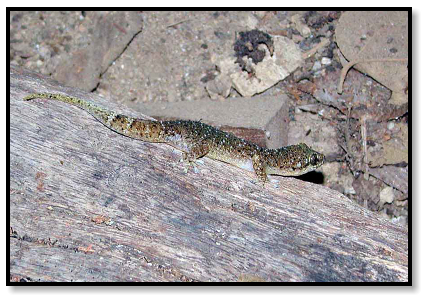
Rainbow Ameiva
Ameiva undulata
Spiny-tailed Iguana (juvenile)
Ctenasaurus similis
Central American Wood Turtle
Rhinoclemys pulcherrima
Leaf-toed Gecko
Phyllodactylus tuberculosus
Red Coffee Snake
Ninia sebae
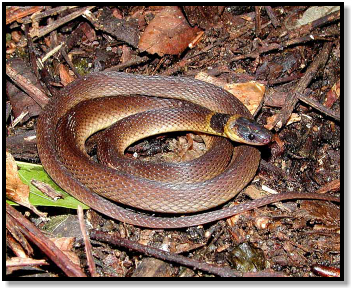
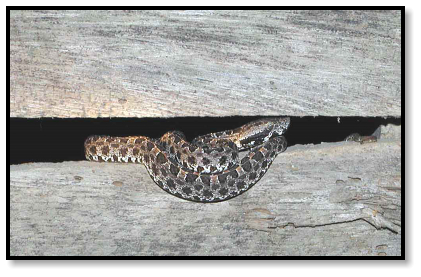
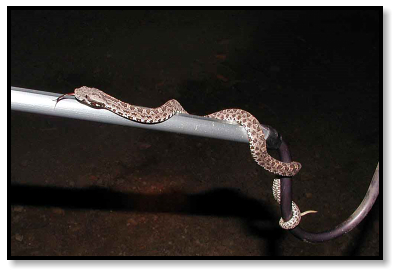
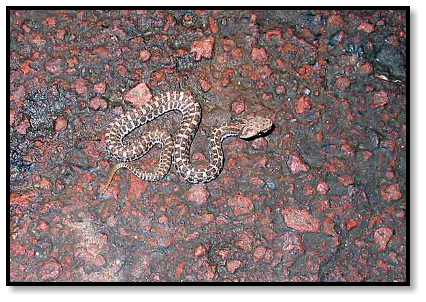
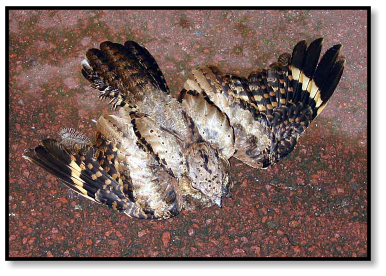
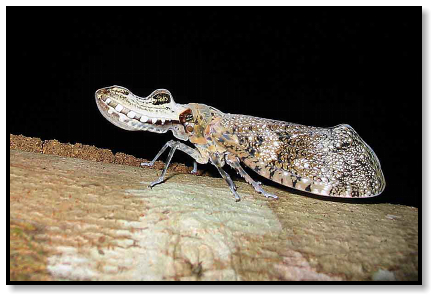
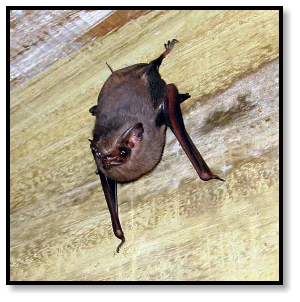
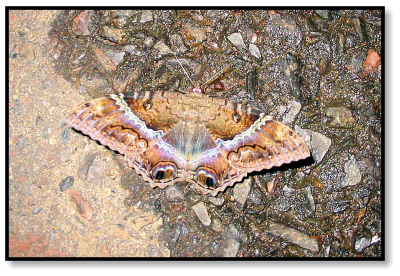
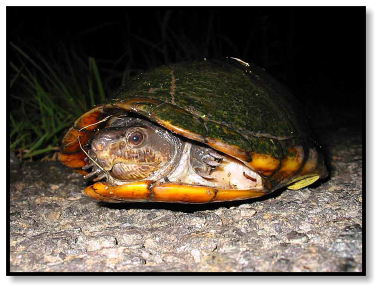
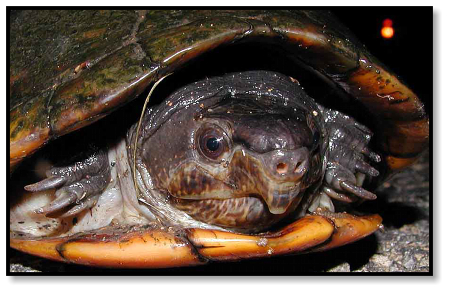
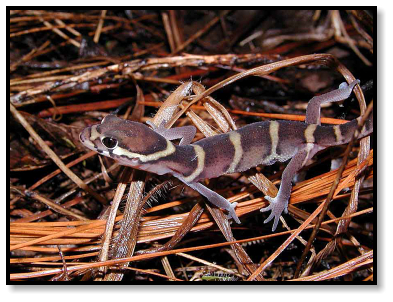
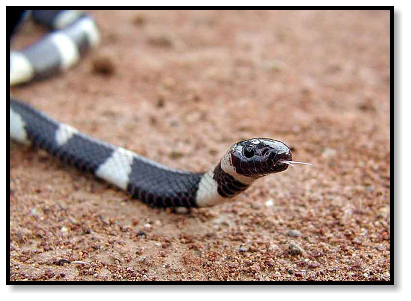
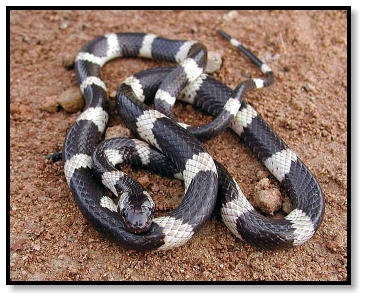
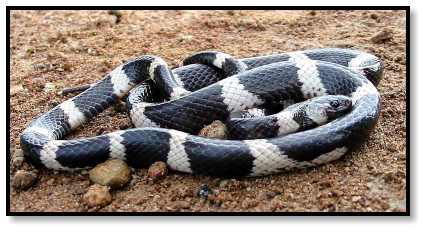
Central American Banded Gecko
Coleonyx mitratus
Scorpion Mud Turtle
Kinosternon scorpiodes
Snail Sucker
Tropidodipsas (Sibon) sartorii
Slender Hog-nosed Viper (neonate)
Porthidium ophryomagus
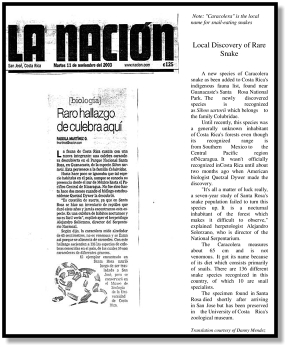
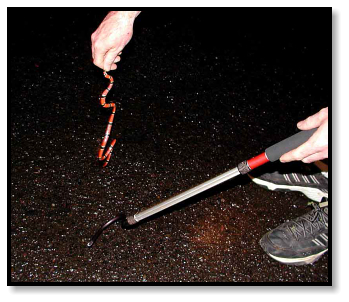
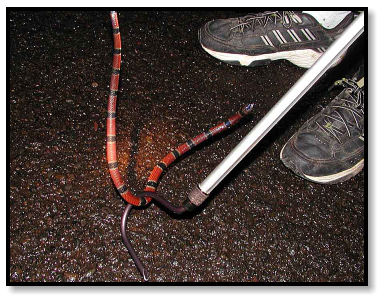
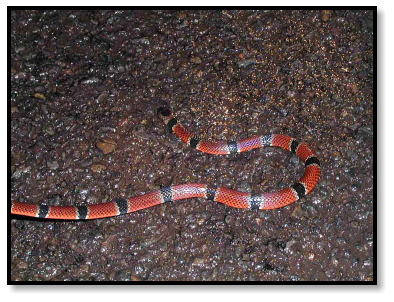
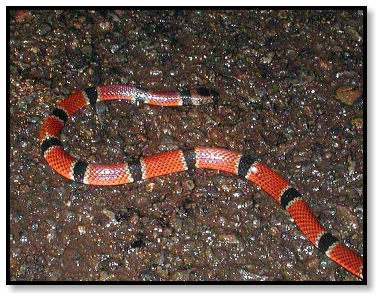

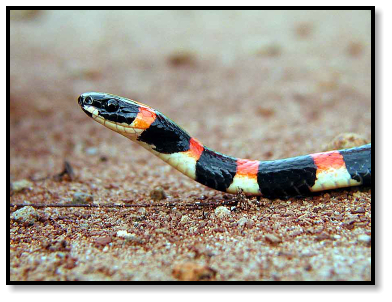
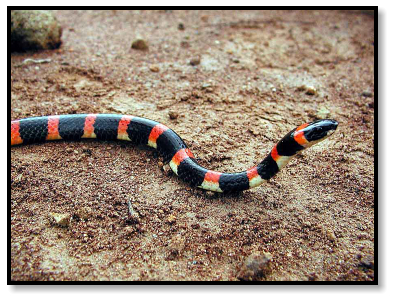
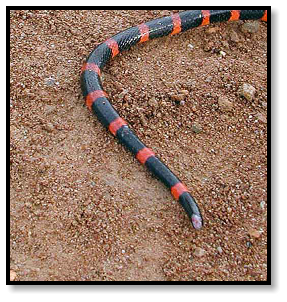
Central American Coral Snake
Micrurus nigrocinctus
